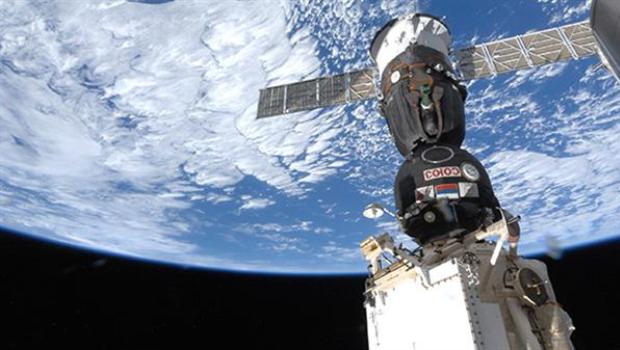3D bioprinting requires certain microgravity conditions which are found in the outer space. The Russian scientists have proposed installing a 3D bioprinter at the International Space Station.
3D bioprinting and 3D printing in space could also be a publicity gimmick rather than a useful technology. Installing 3D printers in space has given immense publicity to business houses. This was admitted by the designers of the Additive manufacturing Facility, a 3D printer installed at the ISS. Though small parts can be easily replaced if an FDM 3D printer is installed up there, the actual need might indeed be little.
So the idea of installing a 3D bioprinter at the ISS does seem strange, as a bioprinter is still not capable of printing human tissues. But the Russian scientists are very confident in placing the printer in space. They believe that significant progress can be achieved in this field as the conditions in space support the bioprinting of living cells.
Valentin Uvarov, the department head for commercial projects of manned space exploration at Rocket and Space Corporation Energia, Russia, said in a recent interview with newspaper Izvestia that his team was planning to conduct an experiment that would use microgravity to 3D print living tissue on board the ISS. The initial rounds of the project were over which meant that the technology is indeed feasible.
Before the bioprinter gets onboard, it will have to be created and tested on the ground, and the crew members will be taught the mechanism of using it. In the next stage, technical specifications and design documents for the printer will be tested and approved.
If bioprinting is successful in microgravity, the printer could be used for developing organs and tissues for astronauts in space. Roscosmos, the Russian space agency is currently reviewing the proposal from Energia.
